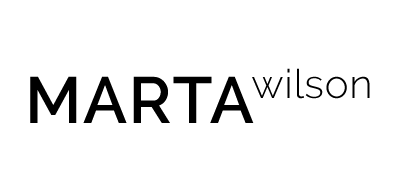
PRODUCTIVITY WITH PASSION
Productivity is a compelling issue for many of us. Organizational assessments look for it. Strategic planning targets it. An array of methods and tools improve and measure it. Talent and performance sustain it. When all is said and done, leaders seek to optimize productivity even when aiming to balance it with other factors such as quality, effectiveness, innovation, satisfaction, and motivation.
While productivity mechanisms need to be chosen carefully, the real secret is you. To optimize productivity, you need to know the tools at your disposal-as well as their shortcomings-in helping you achieve your goals. You may or may not engage experts to provide credentials and experience to tailor tools and methods to your circumstances. What you cannot afford to do is fall back on a formulaic, cookie-cutter, approach.
If you want a vibrant organization, make sure your process is vibrant, too. The best mechanisms can enable good decisions. All the best decisions grapple with opportunity costs. In the best of circumstances, your decisions involve choosing from among several realistic options, almost all of which have some opportunity cost to pay. That’s the point. Productivity is improved in one area often at the cost of resources to another. I’m talking about the strategic tradeoff.
The dictionary defines optimum as a “condition, degree, amount, or compromise that produces the best possible result.” Resources are limited, so, when you’re ready for compromise, you’re ready to optimize.
New challenges occur rapid-fire, not waiting for groups to catch up. Operational environments change quickly and frequently, requiring constant adaptation for both your organization and your customers, who often need products with multiple configurations. Without a holistic process in overall alignment, individual acquisition components grow isolated and start to work more at cross-purposes, driving activity without achieving milestones.
Are you certain you can provide new or upgraded products or services immediately at best value?
In our work with many large organizations, my team and I have developed a process to create effective operational life cycles for new and upgraded products and services. With unique focus, we tap the talent and expertise of all stakeholders, forging from the start collaborative bonds among individuals and groups. This work becomes a model for new product line management, integrating all aspects of a complex environment in what becomes a clearly mapped system of activity, role, and cost.
When I see successful efforts to optimize production,or to regroup after failures to optimize, I notice a recurring theme. Sometimes it’s front and center, sometimes it’s a marginal note or implicit in the story, but what always happens is that dialogue is restored. I’m in the business of optimizing productivity. Productivity relies on dialogue. Organizational assessments, strategic plans, implementation tools, and performance measures only do part of their job if they fail to take dialogue to the next level.
Another way to look at it is this: To be effectively used, strategies must be clear. That’s true. Goals must be achievable. That’s true, too. On top of that, any effort to drive productivity, including the profit or savings it creates, will fail in the long term unless there’s dialogue to keep business goals grounded in reality.
Are you wondering if committing to a standardized and continuous improvement process would be worth it? If so, here are some questions to provide food for thought:
- Do we routinely integrate processes across the enterprise to maintain efficiencies?
- How can we focus every resource and wellspring of talent on delivering customer value?
- What value streams really drive my enterprise’s success?
- How do we know what outcomes our customers really value?
- How do we inspire all staff to connect directly to creating customer value?
- How do we monitor cross-organizational processes?
- Do we have performance issues, process problems, or both?


